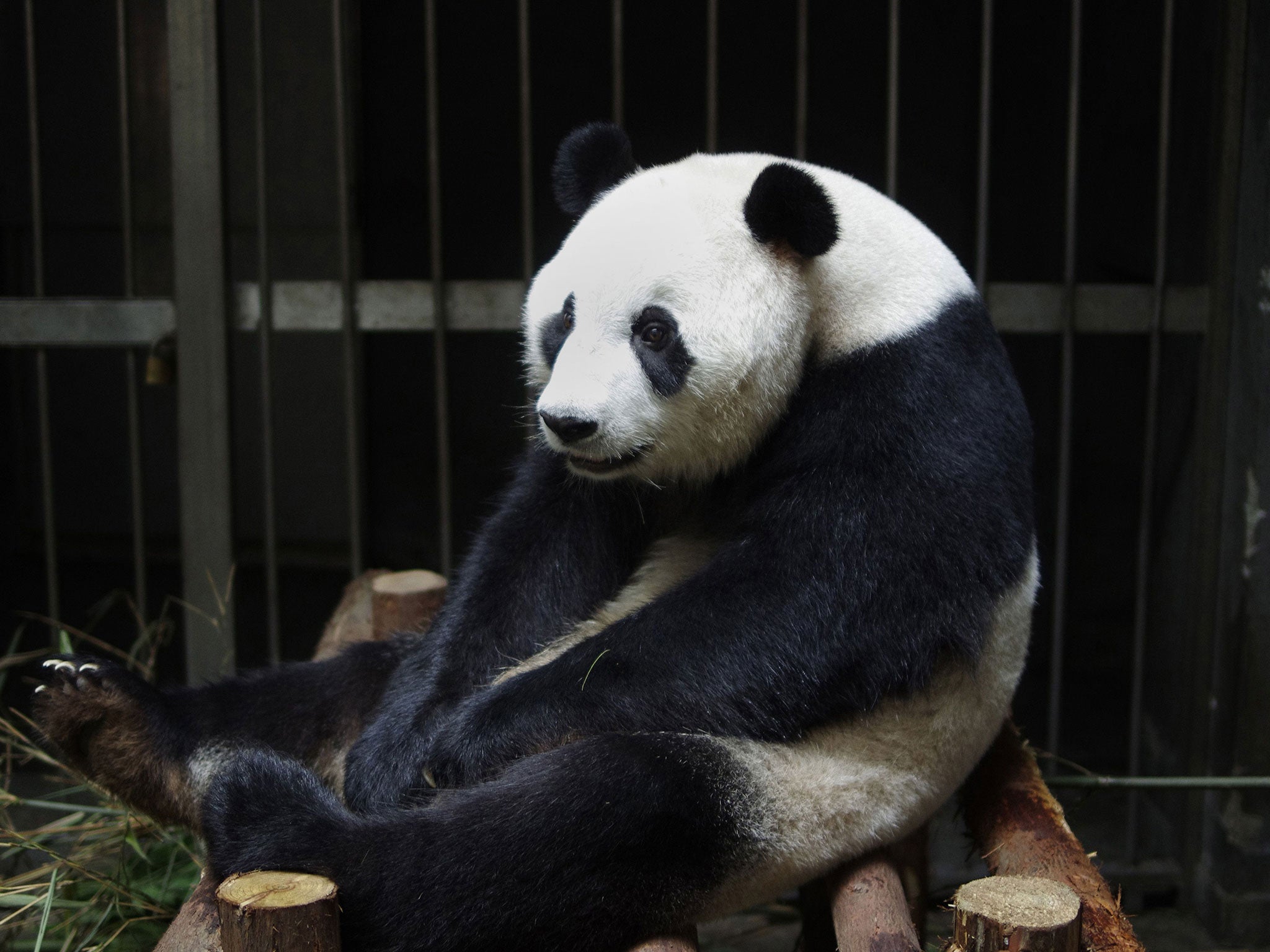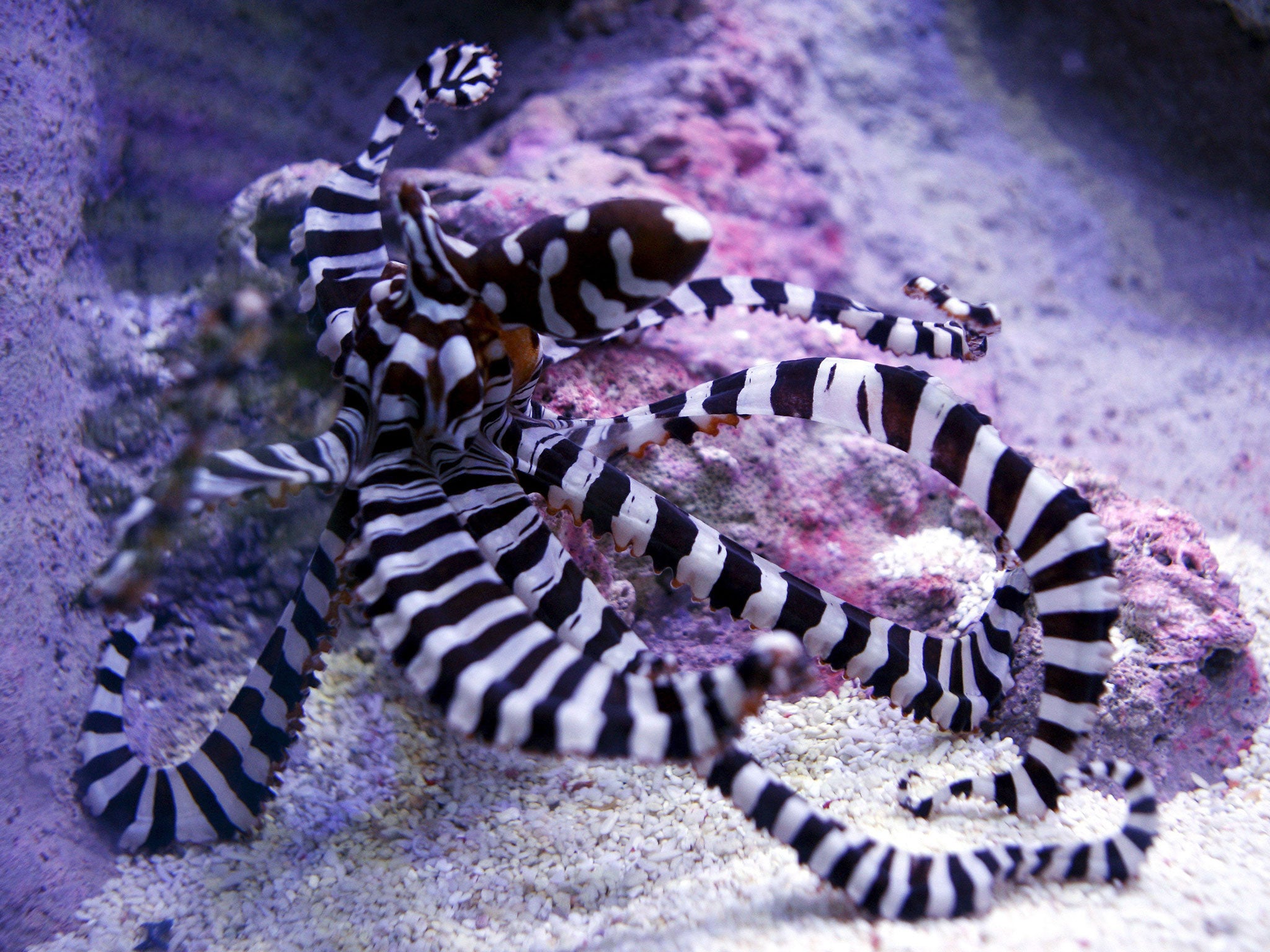Faking it: how animals trick their way to a better life
From pandas pretending to be pregnant to birds that steal food, animals are sometimes just as deceptive than humans

Ai Hin was showing loss of appetite and reduced mobility, so it was logical for staff at a breeding centre in the Chinese province of Sichuan to assume the giant panda was pregnant.
When it became clear she wasn’t, shocked staff concluded that she had faked it to secure more comfortable quarters and extra treats, said Wu Kongju, an expert at the centre. While she was believed to be expecting she was given an air-conditioned single room, 24-hour care and an increased supply of buns, fruit and bamboo.
Dr Helen Roy, at the UK Centre for Ecology and Hydrology, said such cunning behaviour was not rare in the animal world. “I never cease to be surprised and delighted by the peculiar things plants, animals and bacteria do in the natural world to help their survival,” she said. “The variety of bizarre ways species evolve to ensure their own fitness is often beyond our imagination.”
One of the most obvious way that a species seeks to improve its circumstances is through “puppy-dog eyes”, manifested in a dog’s guilty lowering of the head, drooping eyes and pinning back of the ears. According to a 2009 study, it’s all an act: the dog feels no shame for having shredded the cushion or soiled the carpet – rather it just goes with the general flow of the occasion as the owner dishes out a scolding. It often works.

Other species use more elaborate tricks, such as the Large Blue butterfly. During the late caterpillar stage, it mimics a Myrmica ant by smelling, looking and moving like one – not enough to fool a human specialist with a microscope, but enough to deceive the ant. This impersonation sees the real ants pick the caterpillar up and carry it to their nest, where they feed and protect it. Needless to say, the moment the butterfly emerges from the pupa it needs to get out of there as quickly as possible.
Craftier still – and with a nasty twist – is the Dinocampus coccinellae wasp. This lays an egg inside an adult ladybird, and as the offspring develops it feeds on the ladybird’s “resources”. It shelters under what is essentially a ladybird husk – a mummified body guard – until it is big enough to fend for itself.

The drongos – a family of small songbirds – deploy an entirely different trick to get their way. The crafty birds source much of the food they eat by stealing it from others. They do this by impersonating whichever species will scare an animal sufficiently to make it drop the food it is carrying and run. Its impressions include birds such as pied babblers, glossy starlings and goshawks, and even mammals such as meerkats.
But the king of impressionists is probably the mimic octopus, or Thaumoctopus mimicus. This is able to transform itself completely to scare off or imitate predators as the need arises. It is able to change its colour, texture, shape and behaviour with the aid of pigment sacs known as chromatophores.
Other notable tricksters include the sea cucumber, which can liquefy itself if it needs to squeeze through a small gap and Turritopsis dohrnii, a tiny jellyfish that is essentially immortal. It is the only animal on Earth that can reverse its life cycle when it becomes sick or old. So far this process seems to be endlessly repeatable.
Join our commenting forum
Join thought-provoking conversations, follow other Independent readers and see their replies
Comments